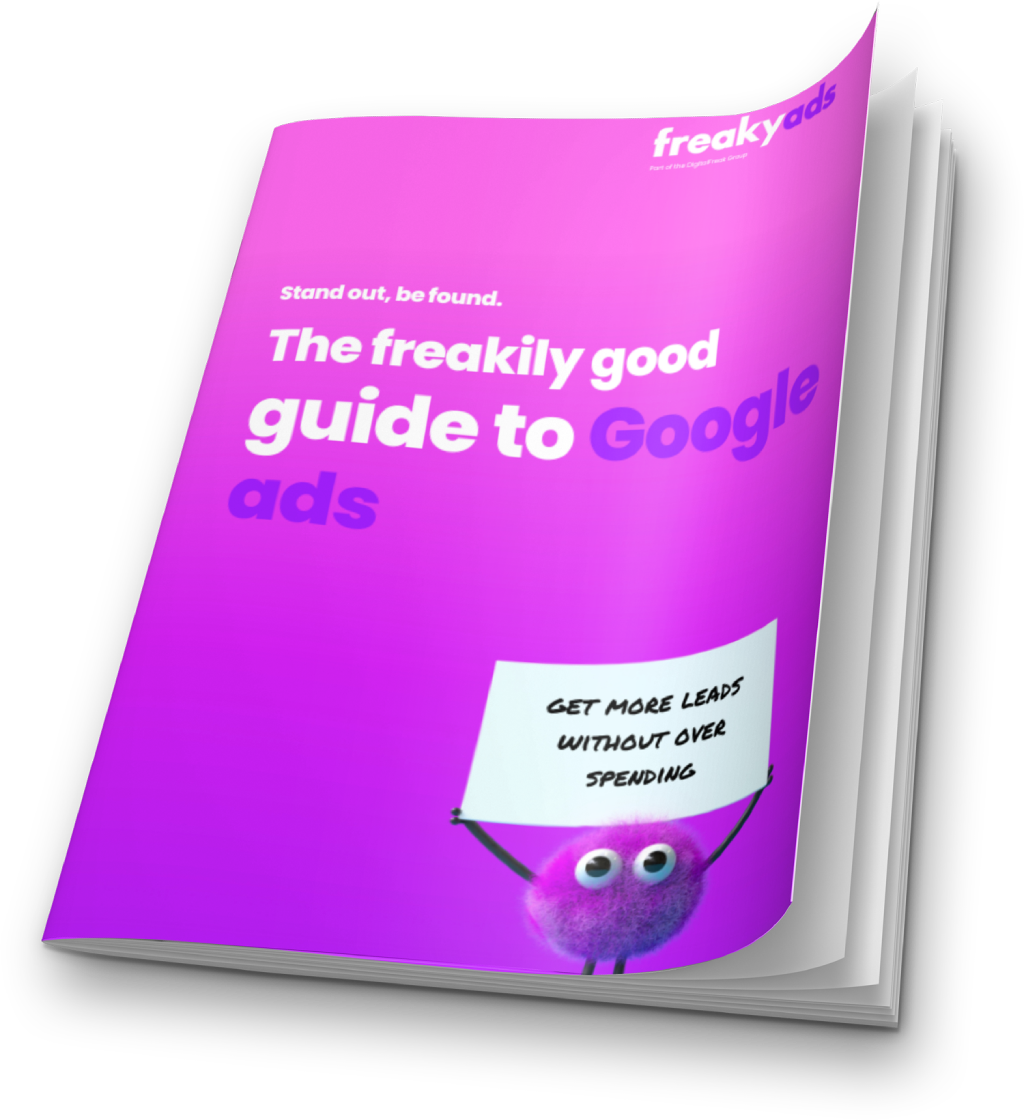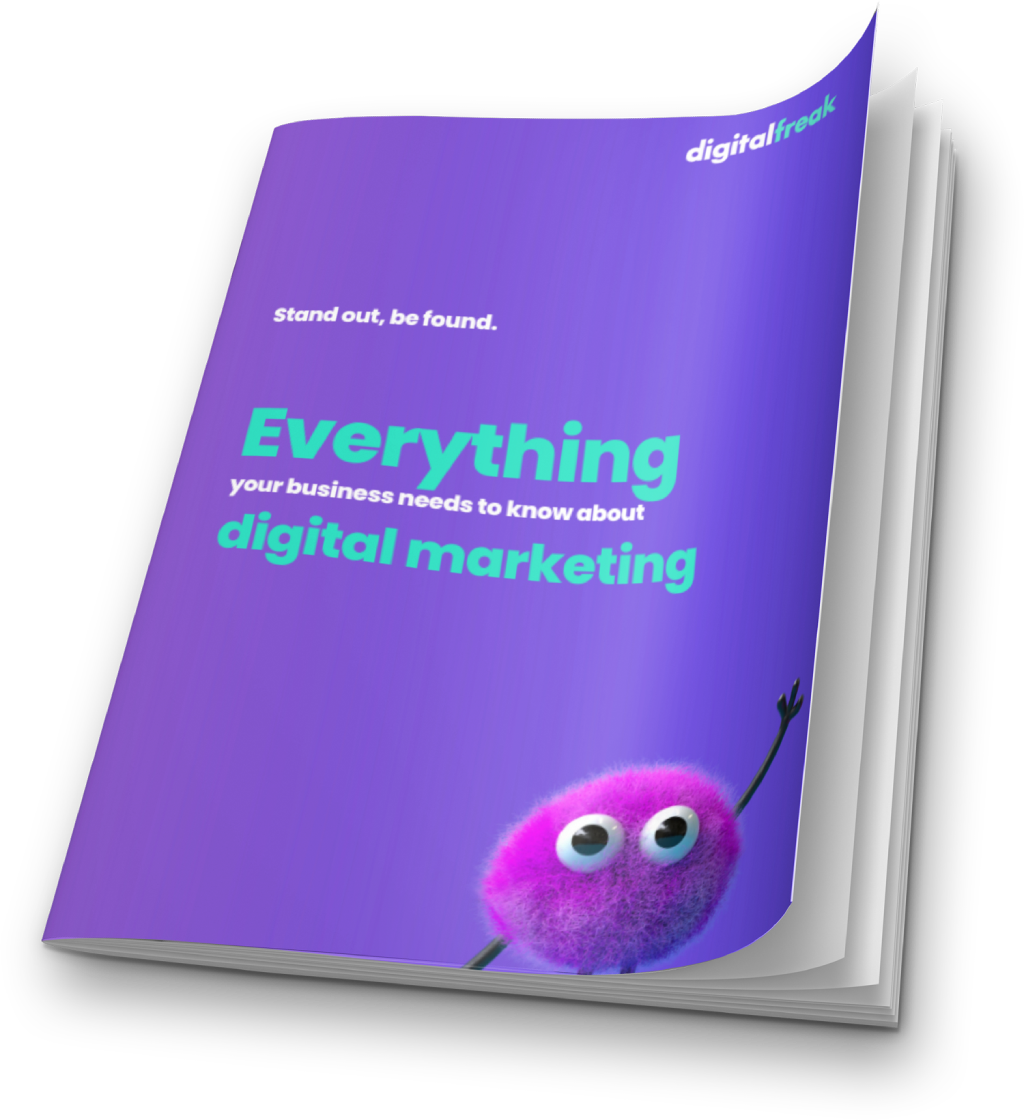Over the last year, distinguishing between human and AI-generated content has become a bit of a nightmare – sorry for all the teachers and professors out there! AI writing is revolutionising the content landscape, making it important to recognise the nuances that set it apart from human authors. This guide from our content marketing agency in Melbourne explores how AI tech and AI-generated content is created and offers you some useful insights on how to tell the difference!
Okay, So What is AI Writing?
AI writing is built upon the foundation of natural language processing (NLP) algorithms. These algorithms delve into human language patterns by analysing and understanding them. By training on extensive datasets of human-written text, AI models learn to generate new content that mirrors both the style and substance of human writing. When presented with a prompt, these models can produce text that is often indistinguishable from human-written content. Or is it?

Tips for Recognising AI-Generated Content
Identifying AI-generated content can be pretty tricky, but there are some tell-tale signs that you haven’t got a human writing your content!
1. Structure and Style
AI-generated content often exhibits a more formulaic structure with shorter sentences and simpler vocabulary. The absence of nuance and context can make it appear machine-written – a bit like a burger without the flavour. If the text lacks the flair, personality and creativity typically associated with human writing, it’s likely AI-generated.

2. Patterns and Biases
AI models are trained on specific datasets, leading to certain biases or tendencies in their writing. For example, an AI model trained on news articles will tend to produce content that feels overly formal and technical, while one trained on social media posts may adopt a more conversational or everyday (human) tone. Another sign I’ve personally picked up is that ChatGPT in particular just can’t get enough of words like “elevate”, “embark”, and phrases like “in a digital world”. Gotcha!
3. Context
Have a look at the context in which the text was generated. If it’s a situation where AI writing is widely-used, such as customer service chatbots or content creation tools, then you’re likely looking at AI content. On the other hand, content crafted in contexts where human writing is expected, like personal emails or social media posts, is more likely to be written by humans.

The Pros and Cons of AI Content
AI-generated content has its pros and cons. Let’s explore both:
Advantages of AI Content:
- Regular Improvements and Updates: AI technology constantly evolves, leading to improvements in content quality and relevance.
- Cost-Effective: AI tools can be more cost-efficient than hiring human writers, especially for generating large volumes of content.
- Improved Keyword Optimisation and Content Quality: AI can identify relevant keywords and enhance content for better search engine rankings.
- Scalability: AI can generate content quickly and automate the publishing process, making it ideal for maintaining SEO rankings.
- Personalisation: AI tools can analyse user behaviour to create personalised content, enhancing engagement and sharing.
- Dealing with the Inevitable Writer’s Block: AI-generated content can provide a starting point for human writers, helping them overcome creative hurdles when it comes to research, finding new topics to explore, and more.
Disadvantages of AI Content:
- Lacks Originality and Authenticity: AI content often lacks a distinctive human perspective, making it less engaging and personal, which isn’t great for fostering engagement or making a good connection with your audience.
- Lacks Creativity and Personalisation: AI-generated content is limited in its creative capabilities and struggles to infuse emotion and personality into writing, which again impacts that human connection that drives sales and engagement.
- Unintentional Plagiarism and Quality Issues: AI content can contain plagiarised sections, leading to quality and authenticity issues, which are a big no-no for SEO and not in line with Google’s Responsible AI policies.
- Inaccuracy: AI can fall apart when faced with conflicting or inaccurate data, which is ALL OVER the internet (especially in your mum’s Facebook feed!) potentially resulting in inaccurate content. Content marketing only really works when it’s in line with Google’s Helpful Content System.
- Missing Sources: AI-generated content doesn’t give source citations, so you really don’t know if what you’re getting is reliable.
AI and Human Content: Striking the Right Balance
The debate between AI-generated and human-written content is going to continue for a long time, and there definitely will be interesting challenges ahead as the tech evolves. In the meantime, it’s worth it to remember that while AI offers efficiency and cost-effectiveness, human writing gives you the creativity, personalisation, and authenticity that’s the secret sauce behind content marketing actually being effective. If you want to truly appeal to your market, create content people love and want to share, and get sales, you need a human being at the wheel – not ChatGPT.
Thoroughly Human Content Marketing from Our Melbourne Agency
At our digital agency in Melbourne, we’re all about quality – if we’re not putting our very human sweat, blood, and tears behind something, then what’s the point? And let’s face it – ever since Google launched (and every algorithm update since then), the aim has been to promote original, authentic, human content. So that’s what we’re here to deliver to you!
From web design and social media marketing to blogs, Google ads, and video marketing, we do it all – without leaving your business in the hands of AI.
Get a FREE strategy call today – let’s chat!

Written by
Michelle van Blerck – Communications Manager
I take a spark and turn it into a fireworks show! From internal client communications to LinkedIn authority articles, social media, and blogs, I write it all. My aim is to represent clients authentically with high-quality content that Google loves. I’ll show consumers why you’re the business they want to work with, buy from, and follow for life!














